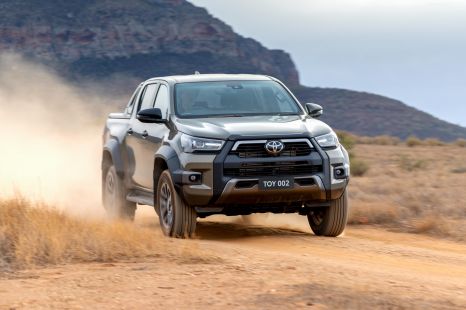

Damion Smy
Diesel could be dead in a decade, says Toyota
26 Minutes Ago
Quickly see how this car stacks up against its competition. Select any benchmark to see more details.
Where expert car reviews meet expert car buying – CarExpert gives you trusted advice, personalised service and real savings on your next new car.
The first Kia Niro was a very late starter in Australia, arriving some three or four years after it hit the rest of the world.
Offering a mix of hybrid, plug-in hybrid (PHEV) and pure electric (EV) drivetrains, Kia’s first proper eco-car was never a huge seller here like it was overseas, largely due to its dated design and relatively premium pricing.
That’s no reflection on its merits though, as the first-generation model was a sharp driver and quite efficient in all engine variants, while also packing a surprising amount of space and tech.
Fast forward to 2022 and Kia’s launched an all-new generation, and Australia is alongside the rest of the world in terms of the launch rollout.
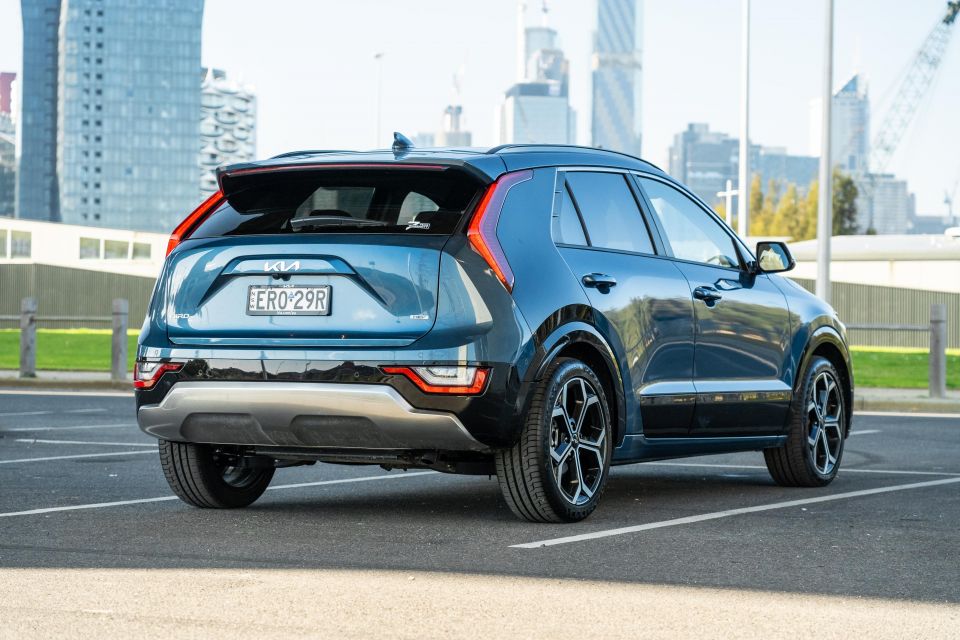
The new-generation Niro drops the PHEV in Australia, but both the Niro Hybrid (HEV) and Niro EV pack a much more modern design inside and out, the latest tech and features the company has to offer, and a new generation of platforms and powertrains for enhanced performance, dynamics and efficiency.
All those developments haven’t come cheap though, with the new-generation range up to $4500 dearer than before, positioning both the HEV and EV in line with premium competition as well as vehicles from the size class above.
On test we have the 2023 Kia Niro HEV GT-Line, the top-spec petrol-electric version which is priced about the same as a top-spec Toyota RAV4 Edge Hybrid despite being a physically smaller car.
Can the electrified Kia justify its steep asking price, or is the Korean brand having a laugh?
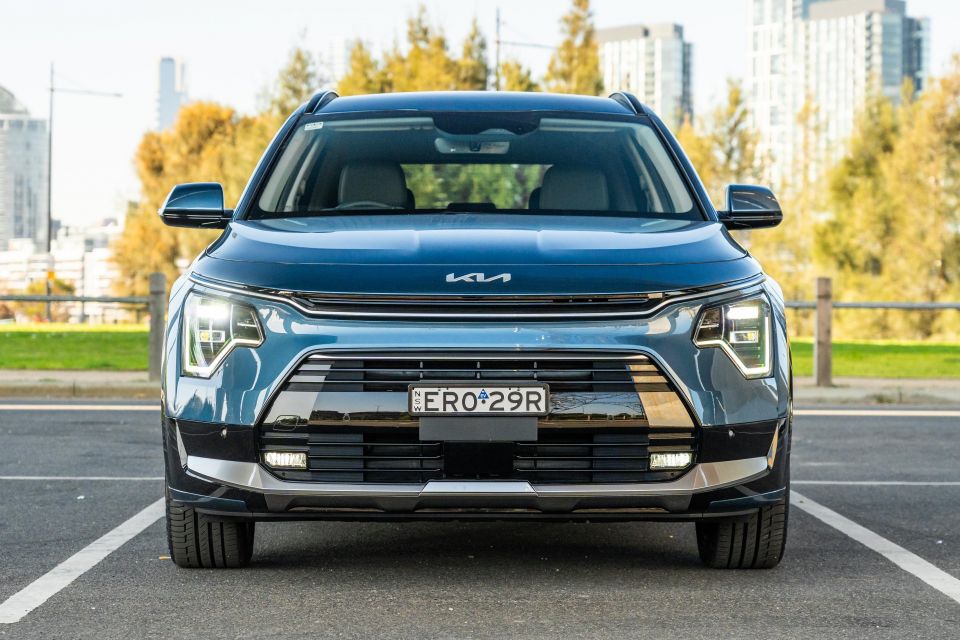
Prices are up significantly over the previous generation, but that’s offset somewhat by the enhanced equipment levels across the range, as well as ongoing price adjustments across the industry. Regardless, the Niro is hardly a bargain.
The top-spec Niro HEV GT-Line on test is priced from $50,030 plus on-road costs, or about $55,705 drive-away.
For reference, it’s some $4000 more expensive on the road than a Toyota RAV4 Cruiser 2WD Hybrid ($51,308 D/A), and is almost as much as an entry-level Lexus UX250h Luxury 2WD Hybrid ($59,807 D/A).
It’s also some $6500 dearer than the outgoing top-spec Niro Hybrid Sport.
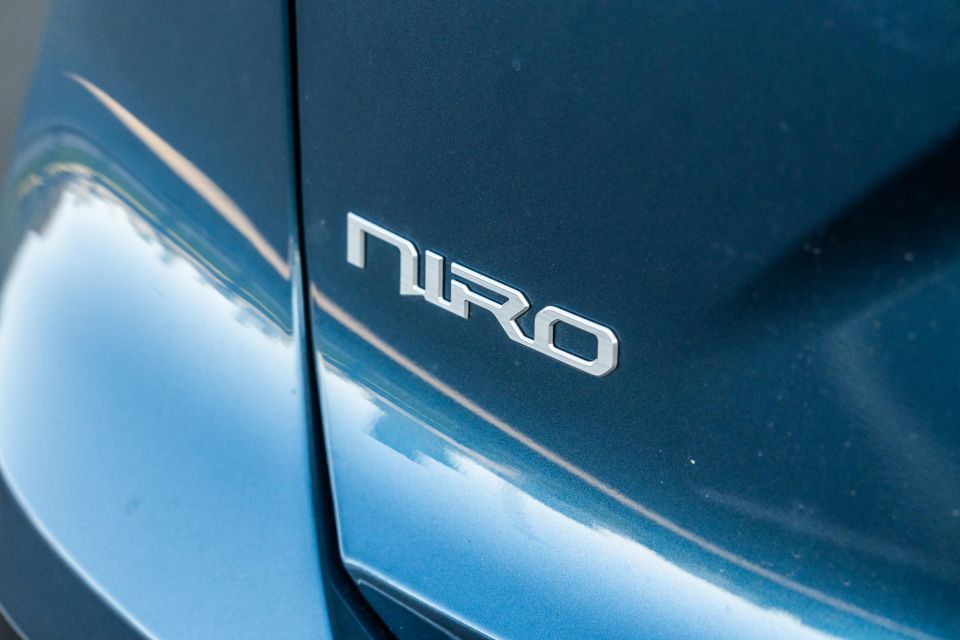
2022 Kia Niro pricing:
Prices exclude on-road costs
Rivals include:
Prices exclude on-road costs unless specified
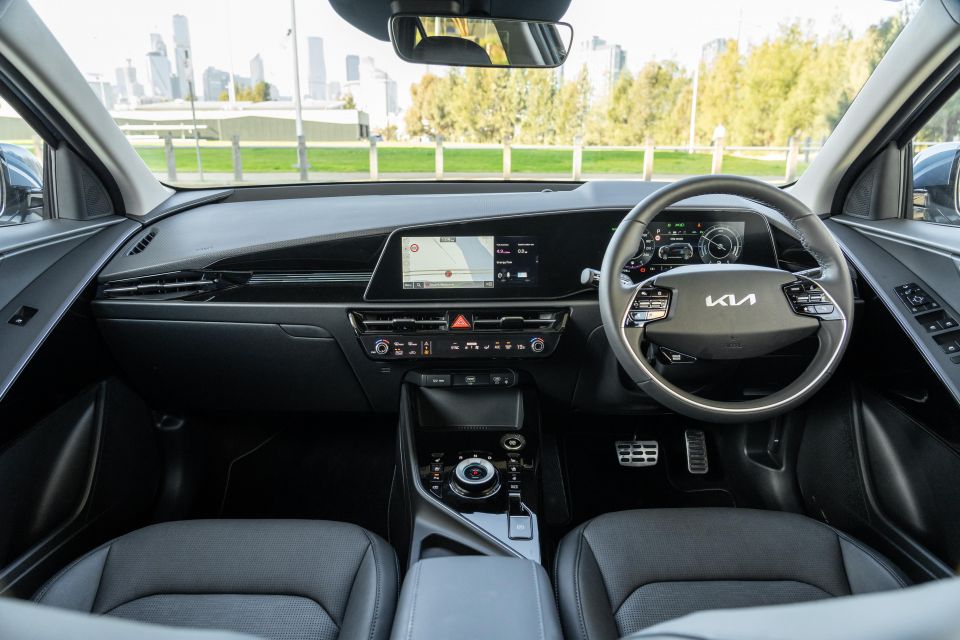
Buy your new car without the stress. It's fast, simple and completely free.

Great service from Travis and team, second time I have used this business would not hesitate to recommend them to anyone
Craig C.
Purchased a Ford Ranger in Sunshine Coast, QLD
CarExpert helped Craig save $7,224 on his Ford Ranger, now let us save you on your next new car.
Get your BEST priceThe new-gen Niro is a world away from its predecessor inside and out, and it’s all for the better in the cabin. It’s like a mini EV6 in here.
In GT-Line spec, the Niro gets just about every feature and screen the company can throw at it, and the car’s boxy design means it feels much airier inside than the compact exterior might suggest.
From the first row the Kia feels well built with a good mix of materials and surfaces, but it’s a little… dark. Australia doesn’t get any of the light interior options available overseas, but at least there’s nice soft-touch materials on the upper dash and doors, and the switchgear all feels solid.
The configurable touch bar that houses the virtual infotainment and climate controls is, like the EV6 and Sportage, one of the better examples of touch-based switchgear. The shortcuts are arranged logically and they aren’t so small or close together that you’re constantly pressing the wrong thing on the go – plus there are actual knobs for volume and temperature.
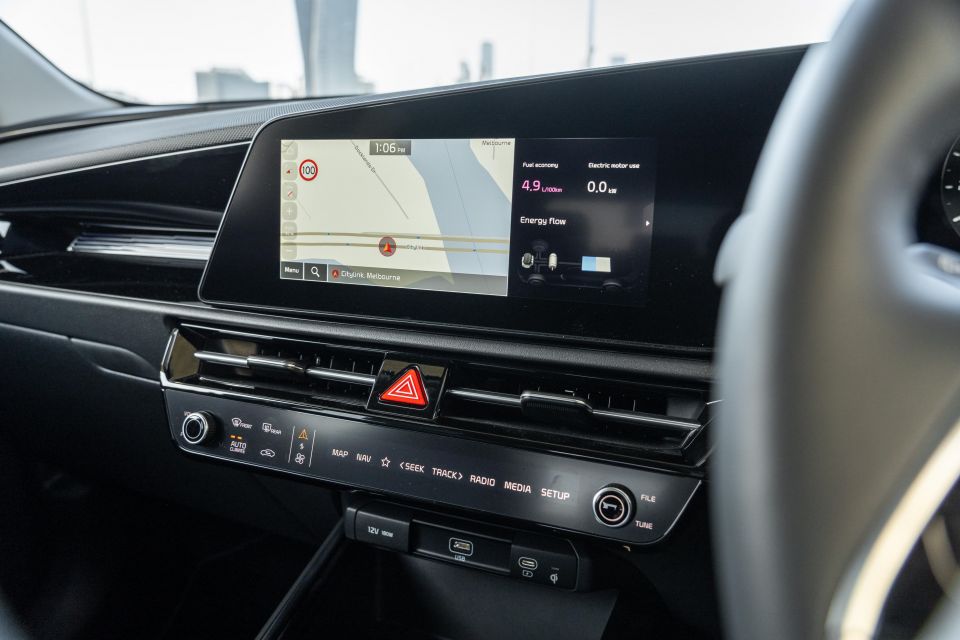
As we’ve seen with other Kia models, the Niro houses the digital instrument cluster and central infotainment display in a conjoined design, with the displays measuring 10.25-inches each in GT-Line specification.
Both screens offer the same look and feel as other Hyundai and Kia models, though the Niro is the first Kia in Australia to feature the brand’s net-based Kia Connect services – think remote engine start, app-based vehicle status, vehicle tracking, emergency call, and remote destination entry via smartphone.
The new features add a missing layer of polish to the Kia’s infotainment system, which also gets 10 years of Traffic Information services and free map updates when you service at your authorised Kia dealer.
It even has voice commands with natural voice recognition in GT-Line models with Kia Connect, which is again something that has been missing from other model lines. You no longer need Apple CarPlay or Android Auto active to use the voice control button and get the vehicle to enter navigation destinations, for example.
The interface itself continues to offer rich graphics and snappy response, and the standard six-speaker audio system is good without being great. The eight-speaker Harman/Kardon-branded premium setup reserved for the Niro EV GT-Line is a better bet, however.
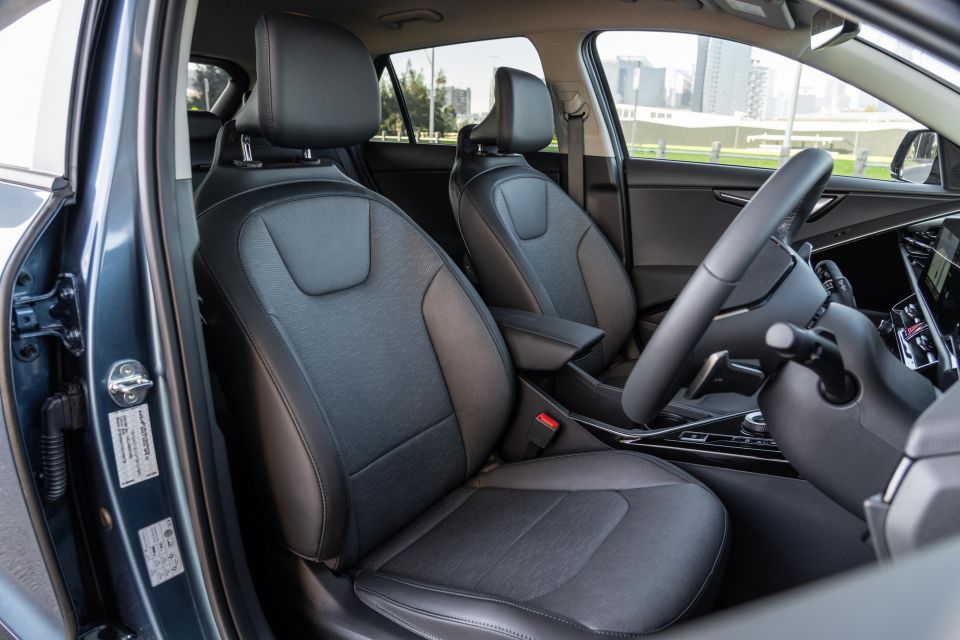
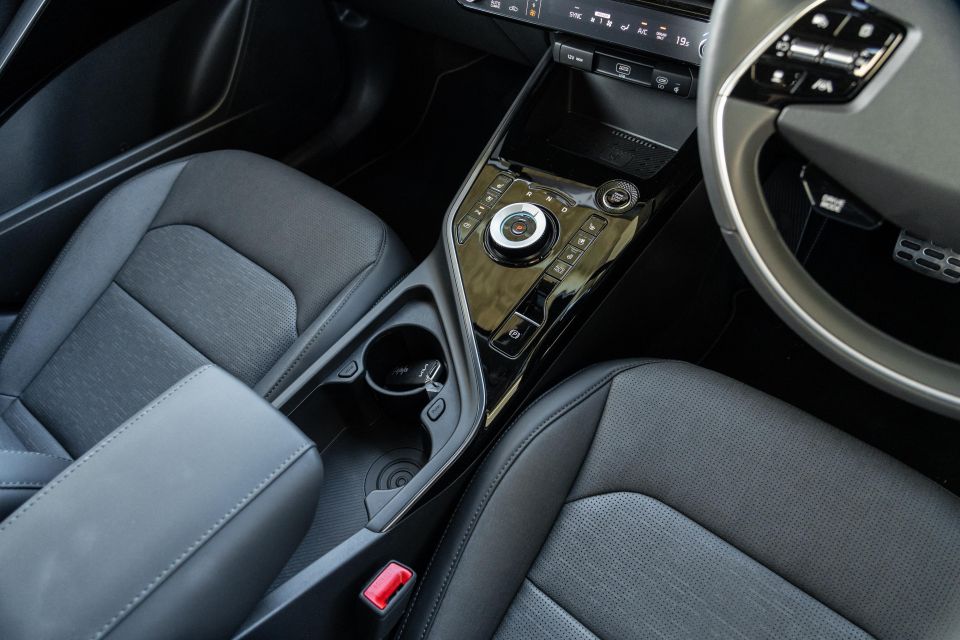
The seats are trimmed in perforated Bio PU leatherette, and while not super convincing as real cow hide, the upholstery is supple and there’s a pattern to the inserts that is visually interesting.
Drivers are treated to an eight-way powered seat with two-way electric lumbar support, though there’s no memory presets. There’s a good range of adjustment in both the seat and the steering wheel to find a comfortable driving position.
The front passenger seat is a manual six-way unit on all grades bar the Niro EV GT-Line, which seems a bit silly given the HEV here should be equivalent. The front seats feature heating and ventilation, and the steering wheel is heated also.
Storage is good up front, with a configurable cubby in the centre console with cupholders, door bins that can hold decent-sized bottles, a shelf ahead of the rotary e-shifter which also houses the wireless phone charger. This little cubby also has a USB-A port for smartphone mirroring, a USB-C charge port, and a 12V socket.

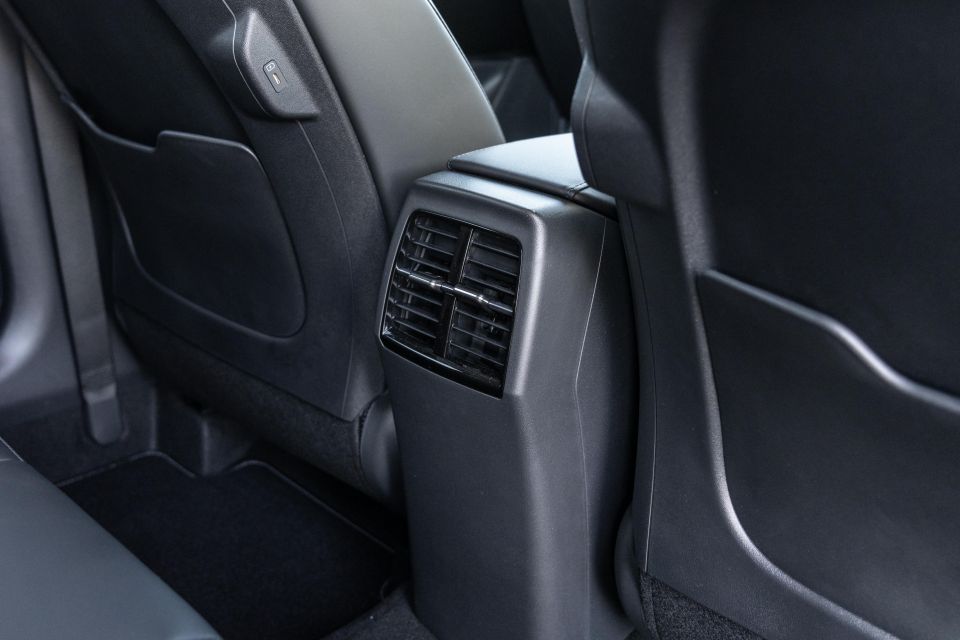
While the Niro is classified by VFACTS as a ‘Small SUV’, the second row is much closer in passenger space to vehicles a size up.
There’s excellent headroom thanks to the tall roofline, and there’s plenty of legroom. I’m 6’1 and can comfortably sit behind my own driving position, though the bench itself is quite flat.
Amenities include airline-style map pockets on the front seatbacks, USB-C charge ports on the inner sides of both front seats, rear air vents, a fold-down centre armrest with cupholders, as well as bottle holders in the rear doors.
Kiddies are catered for with ISOFIX anchors for the outer seats, and top-tether points across all three positions.
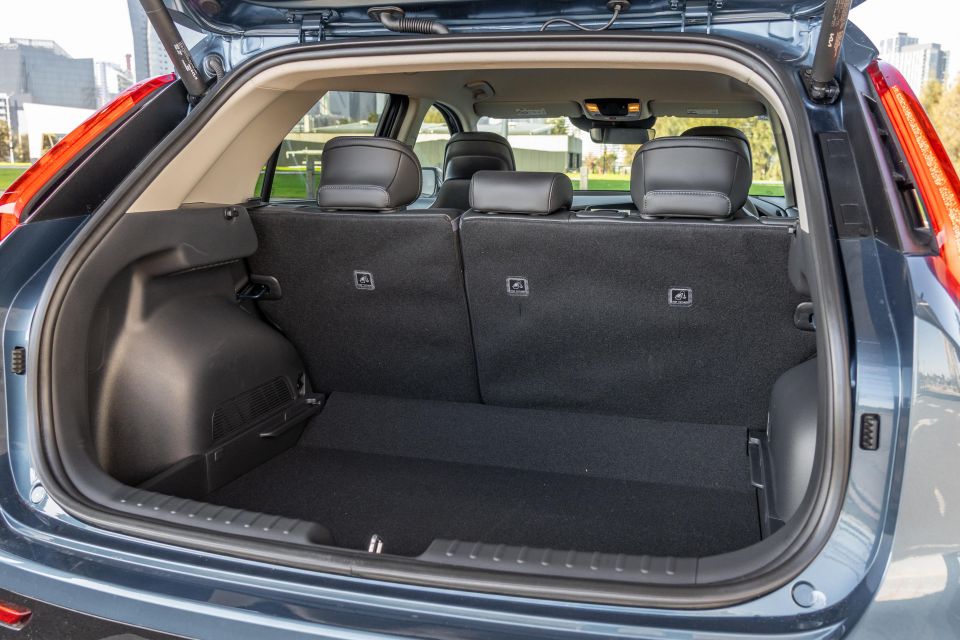
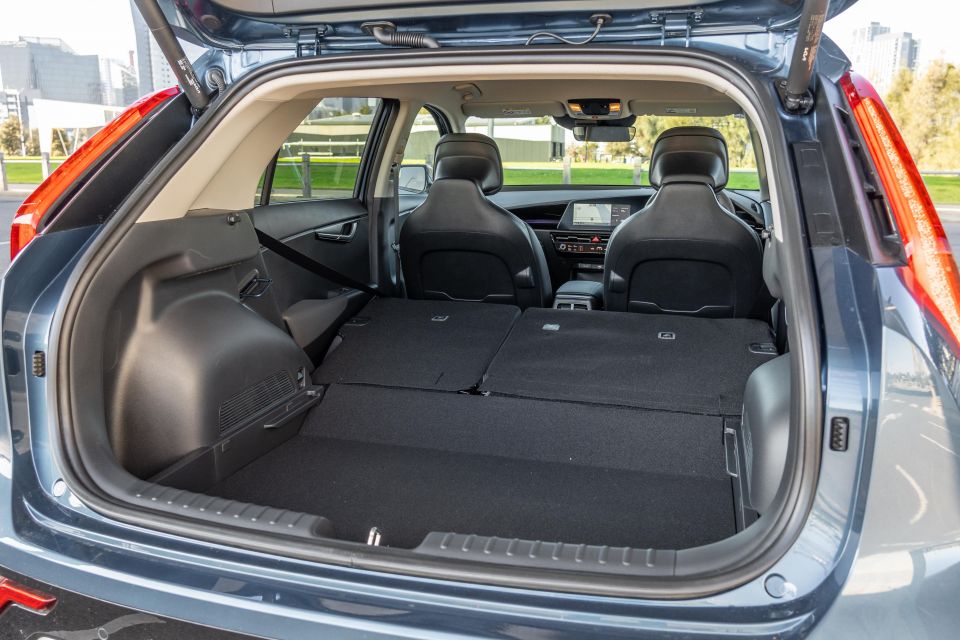
Open up the GT-Line’s hands-free power tailgate and there’s 425 litres of luggage capacity, which again is a match for vehicles in the size class above – a Mazda CX-5 offers 438L/1340L, for reference.
The area itself is wide, square and flat, and expands to an impressive 1419L with the rear seats folded. While there’s a step up to the seatbacks in its max volume setting, the floor folds upwards to even out the difference in height.
Boot features include a foldable cargo cover, as well as luggage net hooks and a light.
Unlike the Niro EV, which gets a tyre repair kit, the Niro HEV comes with a space-saver spare under the floor.
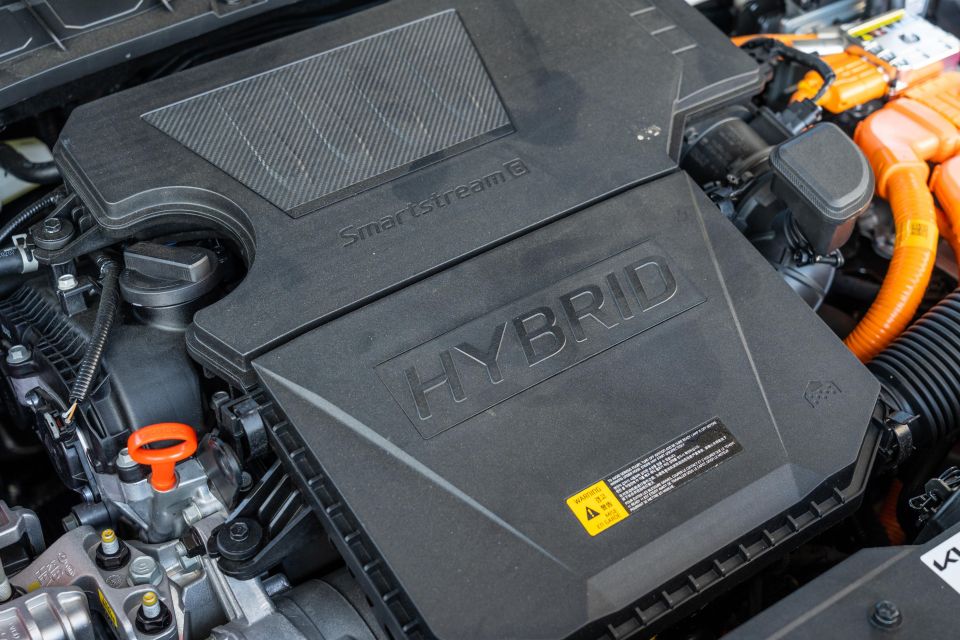
Power in the Niro HEV comes from a 1.6-litre Smartstream naturally-aspirated petrol engine teamed with a transmission-mounted permanent magnet synchronous electric motor and a 1.32kWh lithium-ion battery pack.
The direct-injected petrol engine develops 77.2kW (5700rpm) and 144Nm (4000rpm) on its own, while the electric motor contributes a further 32kW and 170Nm – system outputs are quoted as 104kW (5700rpm) and 265Nm (4000rpm).
Drive is sent to the front wheels via a six-speed dual-clutch transmission (DCT). Kia claims the Niro HEV GT-Line should accelerate from 0-100km/h in around 10.8 seconds, incidentally 0.4s slower than the base model.
The all-important fuel consumption figure is a thrifty 4.0L/100km on the combined cycle, with the Niro HEV rated to run on regular 91 RON unleaded. The fuel tank measures 42L, meaning theoretically you should be able to get 1000km on a tank. CO2 emissions for the Niro HEV are quoted at 91g/km.
Kia says the Niro HEV can tow up to 1300kg, with a max towball download of 100kg.
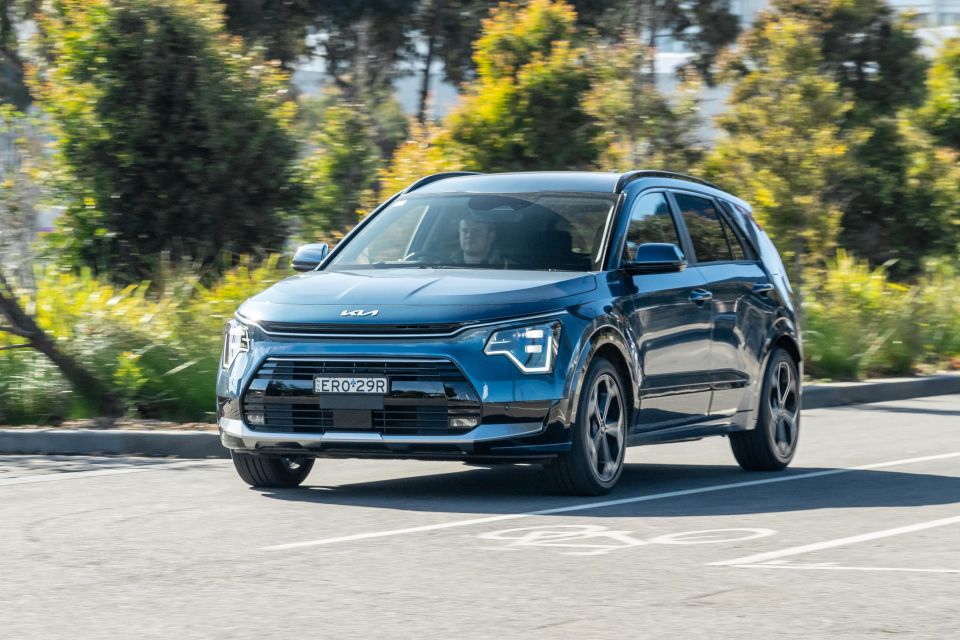
The new Niro features a development of the 1.6-litre naturally-aspirated hybrid system from the previous car, despite quoting identical outputs to its predecessor.
It’s also riding on a newer, lighter platform shared with the new Hyundai i30 Sedan (or Elantra), though the tare mass is still up on the previous-gen Niro Sport by about 40kg as it’s a physically larger vehicle than before.
Press the starter button and the Niro comes to life in silence, as it defaults to EV mode on startup. You can’t actually toggle hybrid mode settings like you can in some other cars though – i.e. there’s no EV button like a Toyota hybrid.
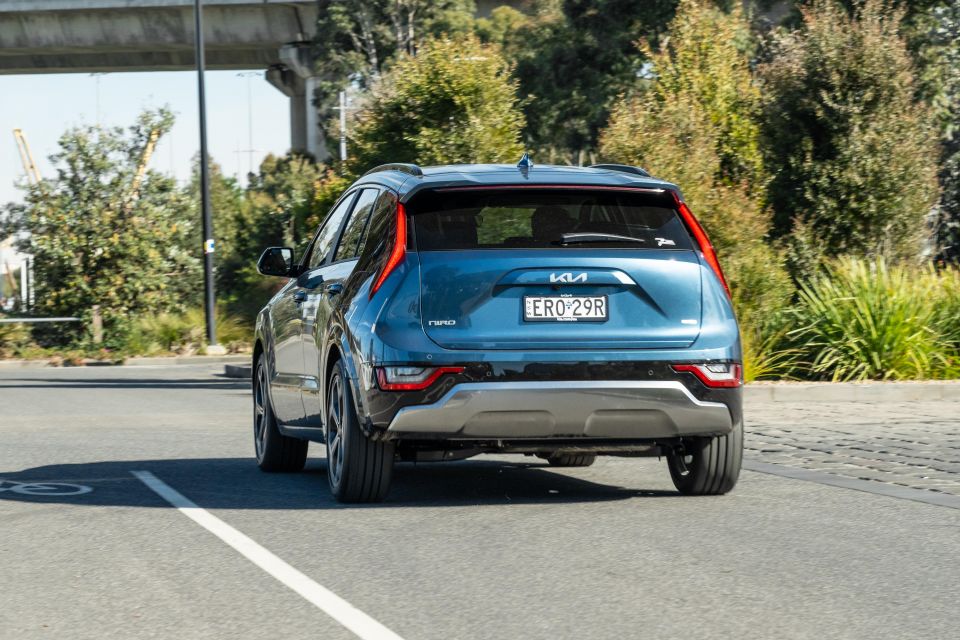
As we’ve noted in previous reviews of Kia hybrid products, it takes a moment to get used to the driving feel of the Korean brand’s electrified products, as the electric motor is mounted on the transmission and therefore shifts through gears even when the petrol engine isn’t firing.
You can actually feel the cogs shifting as you build speed, which feels a little foreign at first but you quickly get used to it.
While the Niro’s outputs aren’t super exciting, the low-down response from the electric motor means it gets along with decent pace and doesn’t feel underpowered compared to rival hybrid offerings.
It only ever really runs out of puff at the top end, given electric motors taper off at higher speeds and the petrol engine only generates 77kW at 5700rpm.
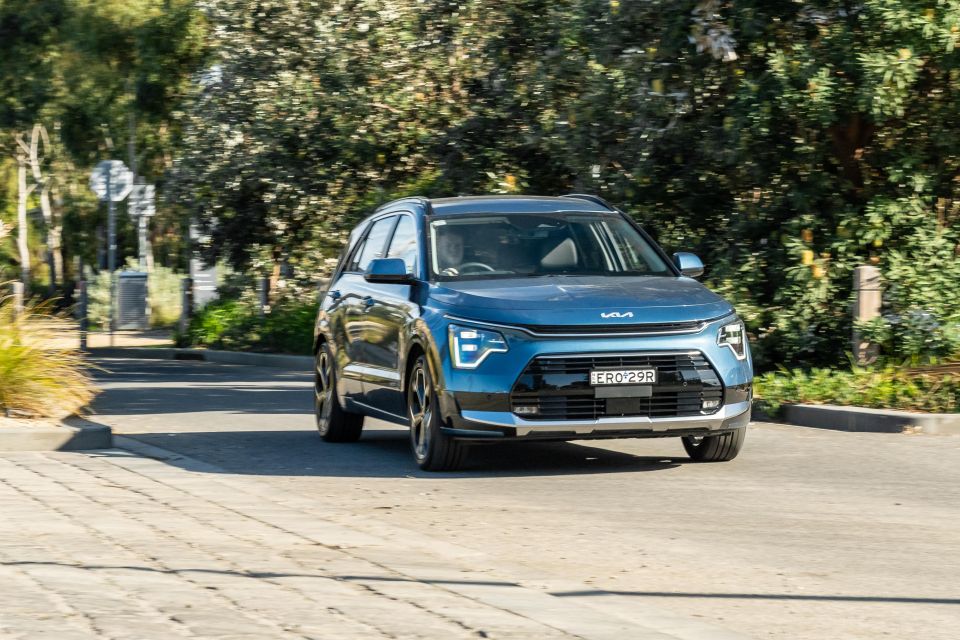
The 1.6-litre petrol engine is pleasant and reasonably refined in urban driving, but can get a little gruff and shouty if you really push it. Don’t buy into the sporty GT-Line branding, this is no performance product.
However, the Niro does feel athletic in the way it rides and handles. With its local suspension tune and focus on dynamics with this new platform, the Niro HEV is surprisingly nippy and responsive when you point it at a bend.
The Kia’s quick and direct steering teams well with the taut, planted chassis, which makes for a bit of fun when slinking through suburban streets and tight car parks. It’s also well damped, so while it rides a little on the firmer side, it doesn’t crash and jar over imperfections like drain covers and tram tracks.
You can use the paddles on the steering wheel to take control of shifting yourself, and there’s Sport mode for the steering and powertrain for better response. However, as noted earlier getting the engine to hold revs can be a little coarse and unrefined.
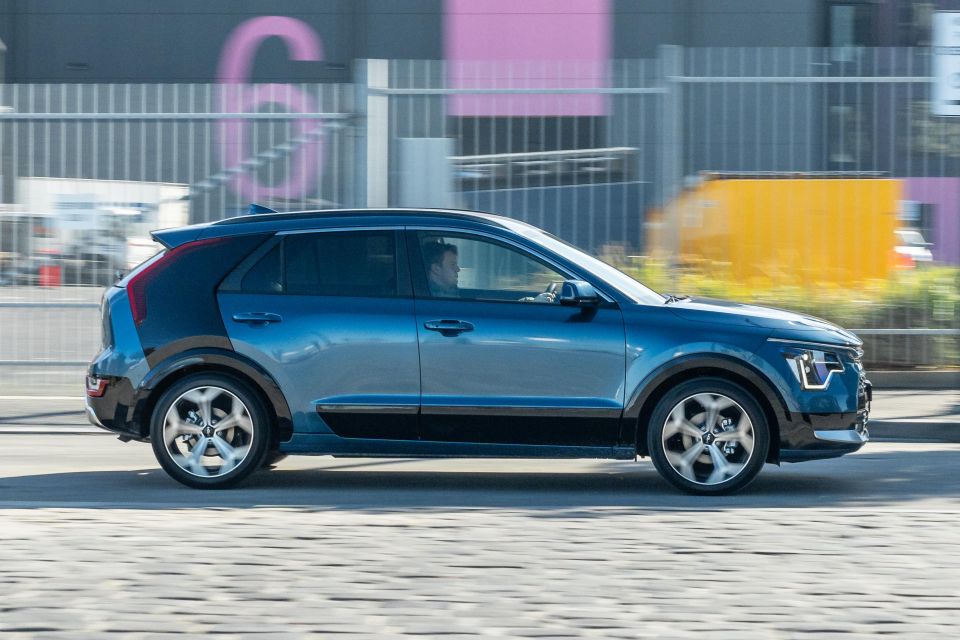
Where expert car reviews meet expert car buying – CarExpert gives you trusted advice, personalised service and real savings on your next new car.
Slow things down a little and the Niro HEV does a pretty seamless job of shuffling between power sources, and flicks itself into EV mode quite often.
This is reflected in its impressive real-world fuel consumption – we saw an indicated 4.9L/100km after a week of testing including a return trip to Phillip Island on country highways, but at times we saw low fours, even high threes.
Insulation from wind and road noise is decent without being standout, though this is nothing new for the segment.
On the aforementioned return trip to Phillip Island from Melbourne, the coarse-chip country highways transmitted a bit of tyre roar into the cabin but it wasn’t overwhelming or boomy like some similarly-sized rivals.
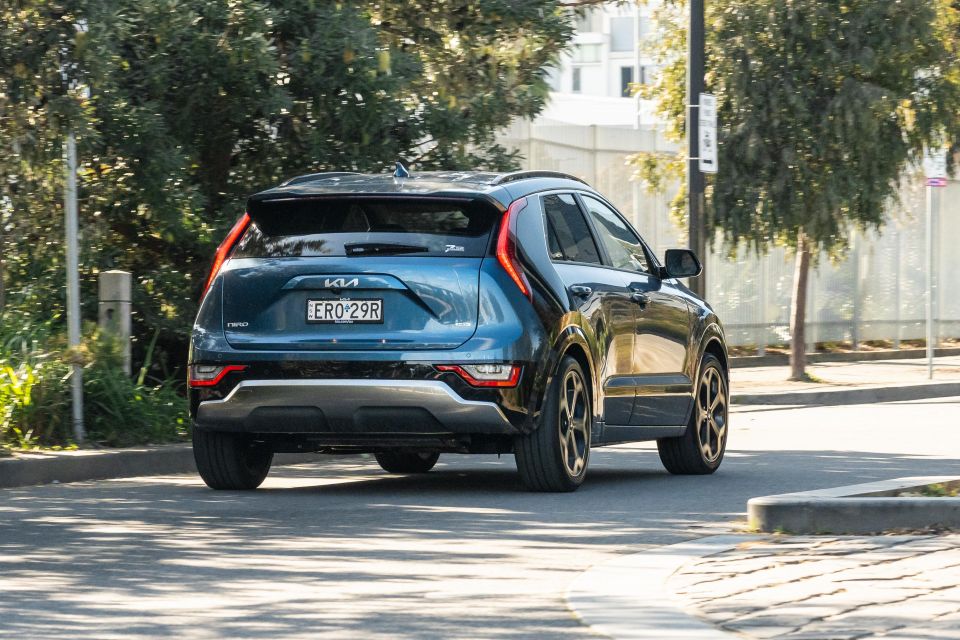
The Niro HEV GT-Line comes equipped with an array of active safety and assistance systems, and like other Hyundai/Kia products these features are well calibrated and quite handy in everyday use.
Blind-spot and rear cross-traffic assists are always helpful on busy freeways and inner-city roads, and help to alleviate any blind spots caused from the Niro’s thick C-pillars.
Kia’s adaptive cruise control and Lane Following Assist features also take the strain off longer highway stints, managing acceleration, braking and turning within a lane. It works for traffic jams, too.
For all its strengths though it’s worth noting the lack of a 360-degree camera system in any grade. Given many rivals offer one, it’s disappointing the Niro’s premium pricing doesn’t buy you a camera with 3D view as we’ve seen in the company’s other products.
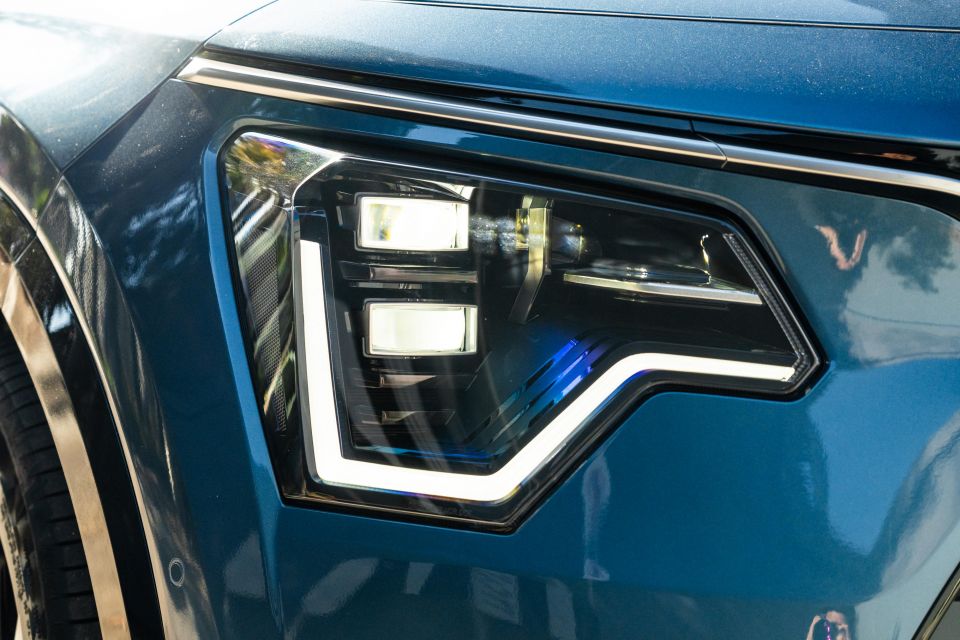
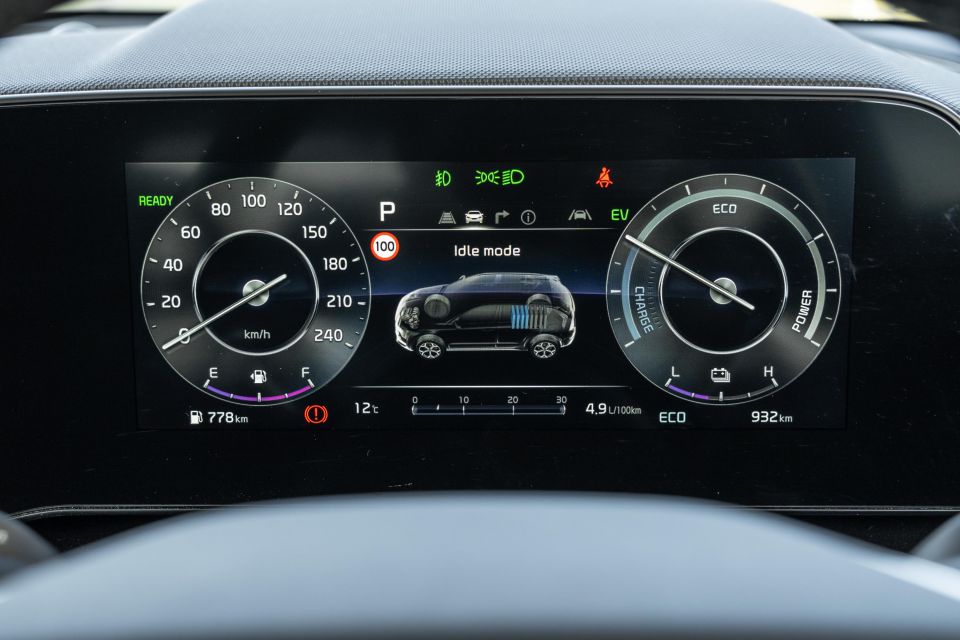


Niro HEV GT-Line highlights:
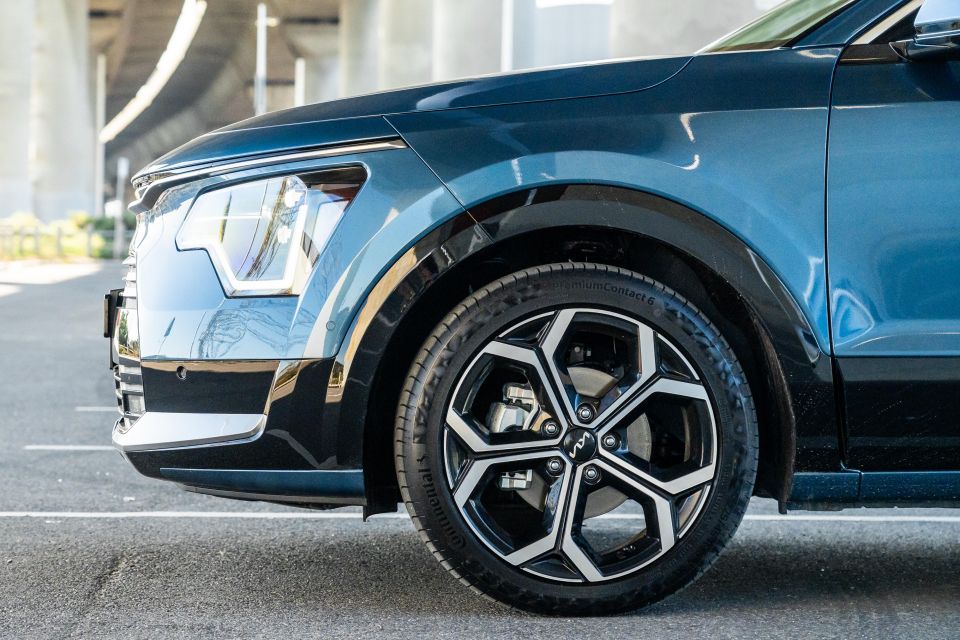

That’s on top of the Niro S specification:
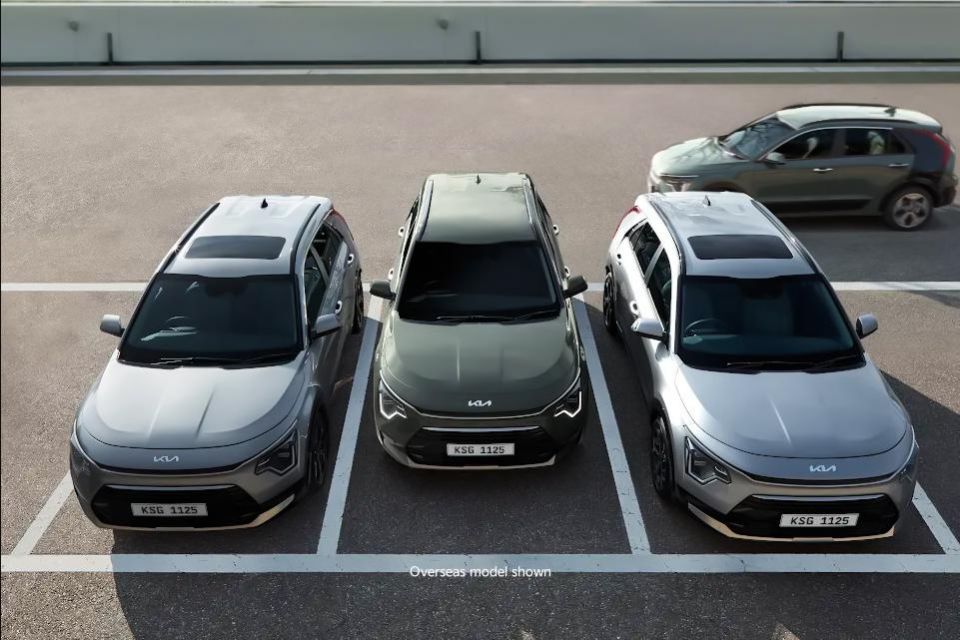
The new Niro hasn’t been crash tested by ANCAP or Euro NCAP as yet, but Kia says it’s likely to be put to the test during the third quarter of 2022 – watch this space.
Naturally, a five-star safety rating is the target for both the HEV and EV.
Standard safety equipment includes:

The Niro, like the wider Kia range, is backed by a seven-year, unlimited-kilometre warranty.
Further, the high-voltage components (e.g. battery, e-motor) are covered for seven years or 150,000 kilometres.
Scheduled maintenance is required every 12 months or 15,000 kilometres – whichever comes first.
Pricing is as follows:
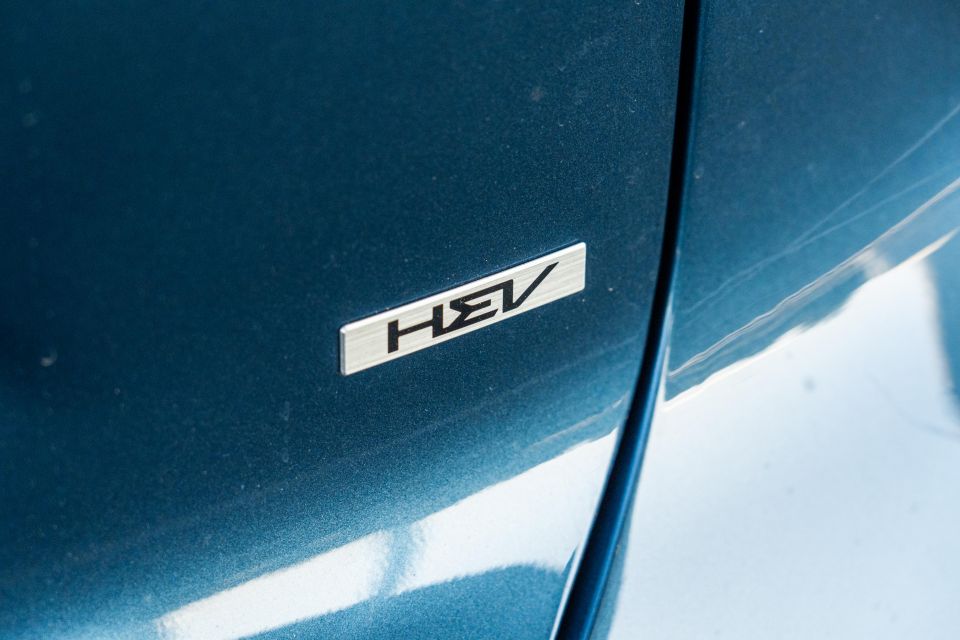
In total, the Niro HEV will cost $3996 over the life of the seven-year capped-price service schedule, which is a heavy whack regardless of how you look at it. Three years sits at $1299, and five years is $2645.
Kia Australia says all service items are included in the above CPS schedule, meaning there’s no hidden costs for items like brake fluid, brake replacement, or coolant changes.
Perhaps less daunting is the fuel consumption, which in the real world saw an indicated 4.9L/100km over 640 kilometres of mixed driving with a skew to freeway environments. At the beginning of the week with more urban driving and slow-moving traffic, we saw closer to 4.0-4.2L/100km.
That’s still within 1L of Kia’s claim, and the small 42L tank will run happily on cheaper 91 RON unleaded.

Buy your new car without the stress. It's fast, simple and completely free.

Great service from Travis and team, second time I have used this business would not hesitate to recommend them to anyone
Craig C.
Purchased a Ford Ranger in Sunshine Coast, QLD
CarExpert helped Craig save $7,224 on his Ford Ranger, now let us save you on your next new car.
Get your BEST priceThe new Kia Niro HEV is a big step forward over its predecessor, but its high pricing and limited supply (more here) will no doubt keep it a fairly low-volume offering, even as buyers scramble to get hybrids.
It drives pretty well, returns impressive real-world fuel economy, and offers segment-busting practicality, while also featuring head-turning design and the latest tech the Korean brand has to offer – mostly.
The servicing gets quite expensive in the long run too, especially when brands like Honda and Toyota are doing $125-$200 services for the first five years. Kia’s average of $400-$600 per annum is definitely a bit high.
While expensive both to buy and to maintain, the Niro HEV GT-Line adds another worthy player into the growing hybrid market, and more choice for the Australian consumer can only be a win in today’s ever pricier and supply-stricken new car market.

Click the images for the full gallery
MORE: Everything Kia Niro
Where expert car reviews meet expert car buying – CarExpert gives you trusted advice, personalised service and real savings on your next new car.
James Wong is an automotive journalist and former PR consultant, recognised among Australia’s most prolific motoring writers.


Damion Smy
26 Minutes Ago
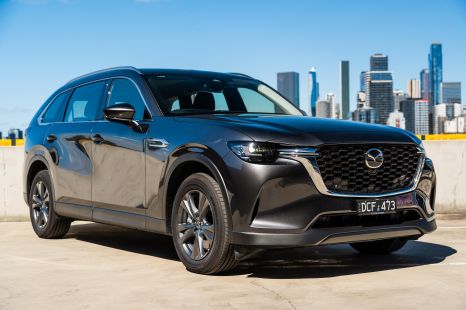

William Stopford
30 Minutes Ago
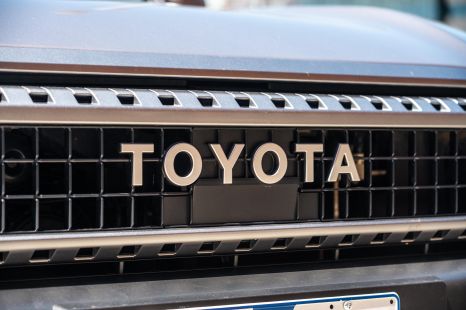

Damion Smy
58 Minutes Ago


Ben Zachariah
2 Hours Ago


Ben Zachariah
2 Hours Ago
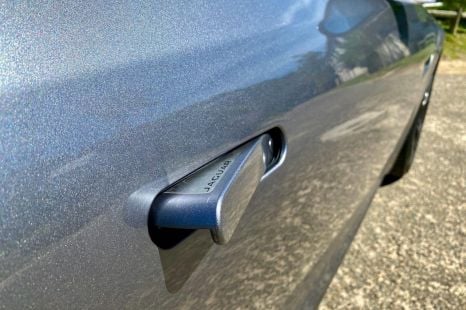

Derek Fung
3 Hours Ago